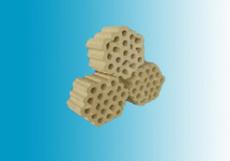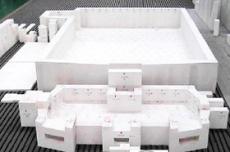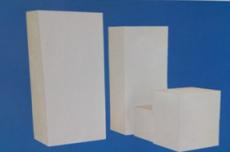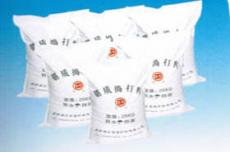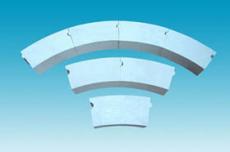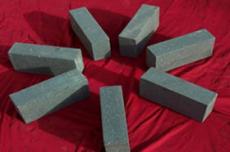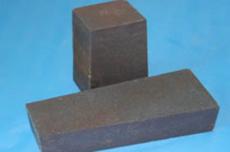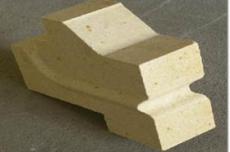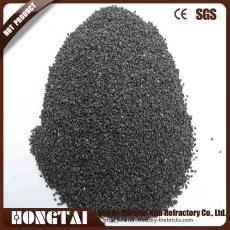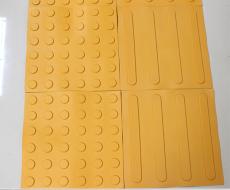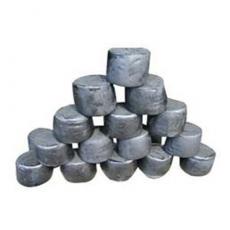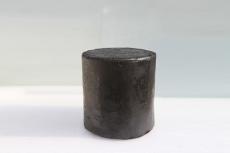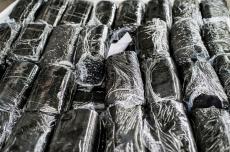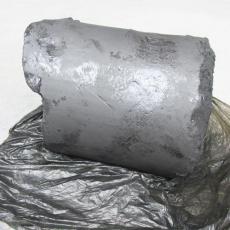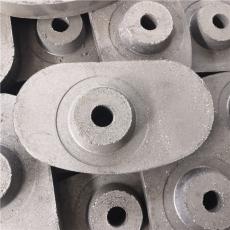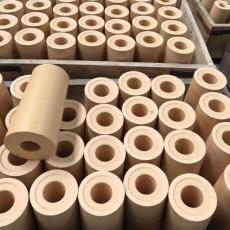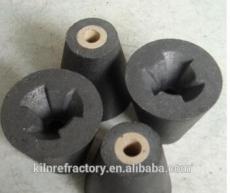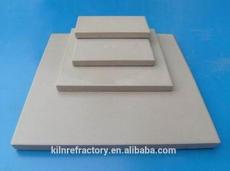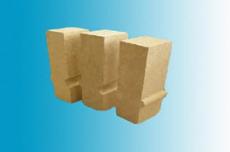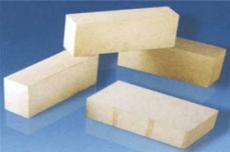
There are many reasons for the wear of refractory castables, which are usually related to their physical and chemical properties, the environment in which they are used, and the quality of their construction and maintenance. The following are the main causes of wear of refractory castables:
Mechanical scouring:
In high-temperature equipment such as boilers and kilns, refractory castables are often scoured by air flow, material flow or molten metal.
This scouring action causes the particles on the surface of the castable to gradually fall off, forming wear.
Thermal stress:
Due to thermal expansion and contraction caused by temperature changes, stress is generated inside the refractory castable.
These stresses may cause the castable to crack or peel off, especially in an environment with drastic temperature changes.
Slag erosion:
At high temperatures, refractory castables may be eroded by slag.
Some components in the slag may react chemically with the castable, resulting in its structural damage and performance degradation.
Gas erosion:
Certain high-temperature gases (such as oxygen, carbon dioxide, etc.) may react with the components in the refractory castable, causing it to gradually oxidize and wear.
Poor construction quality:
Irregular construction of refractory castables, such as uneven mixing and loose vibration, will lead to internal defects such as pores and cracks.
These defects will reduce its strength and wear resistance.
Improper maintenance:
Regular maintenance and overhaul are essential to extend the service life of refractory castables.
If cracks and worn areas are not found and repaired in time, the degree of wear will be further aggravated.
High temperature environment:
High temperature environment will cause thermal expansion, softening and even melting of refractory castables, thereby reducing their strength and wear resistance.
Medium flow speed:
High-speed flowing media (such as air flow, material flow, etc.) will have a stronger scouring effect on refractory castables and accelerate their wear.
Insufficient wear resistance:
If the selected refractory castable has insufficient wear resistance, it is easy to wear during use.
Composition and design issues:
The composition of wear-resistant refractory castables does not meet the regulations, so that the stability of the wear-resistant material does not meet the design requirements. The compressive strength, flexural strength, wear resistance, thermal shock stability and reburning line change of wear-resistant castables are the main considerations.
Unreasonable design, such as a small number of grab nails and brick hooks, and failure to pre-treat the grab nails as required before construction and pouring, can also cause the wear-resistant castable to fall off.
In order to extend the service life of refractory castables, it is necessary to comprehensively consider the above factors and optimize and improve them from multiple aspects such as material selection, construction technology, and maintenance management.
